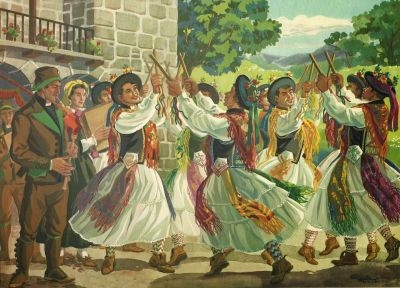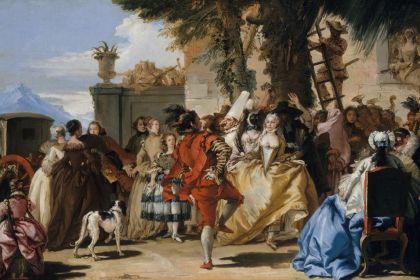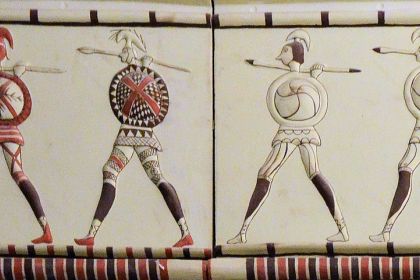Violin
150 composers contributed to La Folia through the centuries

La Folia is one of the most revered melodies in music history. Originating as a late fifteenth-century Portuguese dance with a designated chord progression, the theme became highly popular during the Renaissance and Baroque periods.
The name "folia" refers to the madness or empty-headedness of the performers. One source describes it as very noisy, with the performers carrying, on their shoulders, young men dressed as women.
Several sources report that Jean-Baptiste Lully was the first composer to formalize the standard chord progression and melodic line. Others note that the chord progression appeared in musical sources almost a century before the first documented use of the "folia" name.
It seems that all Baroque composers—from Arcangelo Corelli to Antonio Vivaldi and J.S. Bach—used this theme in musical works in which they composed variations on it.
Although folia variations trend continued on into the classical era, its popularity waned over the course of the 19th century. Despite that, Franz Liszt and Sergei Rachmaninov followed the tradition.
Listen to Vivaldi's Trio sonata for two violins and basso continuo (Variations on La Folia) performed by Jordi Savall with Hesperion XXI:



